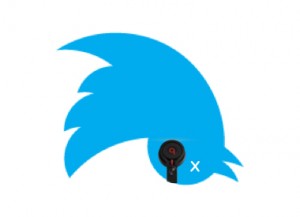Kids and Teens are Getting Sick of Facebook
In Social Bookmarking, Social Media, Social Media News Brief, Social Networking, Studies & Stats, Web 2.0 | No commentBack in May, the results of a survey were released, revealing that teens were starting to grow a bit tired of Facebook, finding a number of reasons to instead be drawn to other social networks such as Twitter, Tumblr, Instagram, and Snapchat. Part of this is because of adults — including parents and grandparents — having an ever-growing presence on Facebook, which keeps Facebook from remaining ‘cool’. Other issues that were brought up included oversharing by their friends and ‘drama’ that would happen in real life because of Facebook.
Though Facebook repeatedly denied that teens’ interest in Facebook was waning, their recent quarterly financial statements have shown Facebook’s first-ever decrease in teenage daily users. Facebook continues to defend itself in regards to the fact that Facebook is still the highest-used social network by teens in the United States, but this admission led to a slight drop for Facebook in the stock market.
Apart from cyber-bullying and oversharing reasons, some news sources suggest that it could be Facebook’s mobile app that is holding it back by being so cluttered and full of options that it can be overwhelming and result in ‘decision paralysis’. When compared to simpler mobile apps that teens have been drawn to in recent years, it’s quite noticeable how much less clutter can be found on services like Instagram and Snapchat.
One of the reasons that teens appear to be drawn to Snapchat in particular is for the same reasons adults who use Facebook wouldn’t put certain information on LinkedIn. For instance, in the way that adults wouldn’t want to look like slackers by posting vacation photos on their LinkedIn profiles, kids and teens don’t want to have any of what they post permanently recorded on Facebook. Instead, they choose to share silly images and videos that are only temporary with their friends, so that their posts aren’t scrutinized and used against them at a later date.






